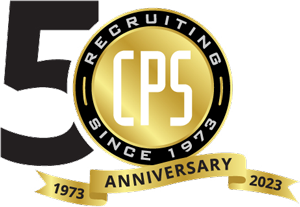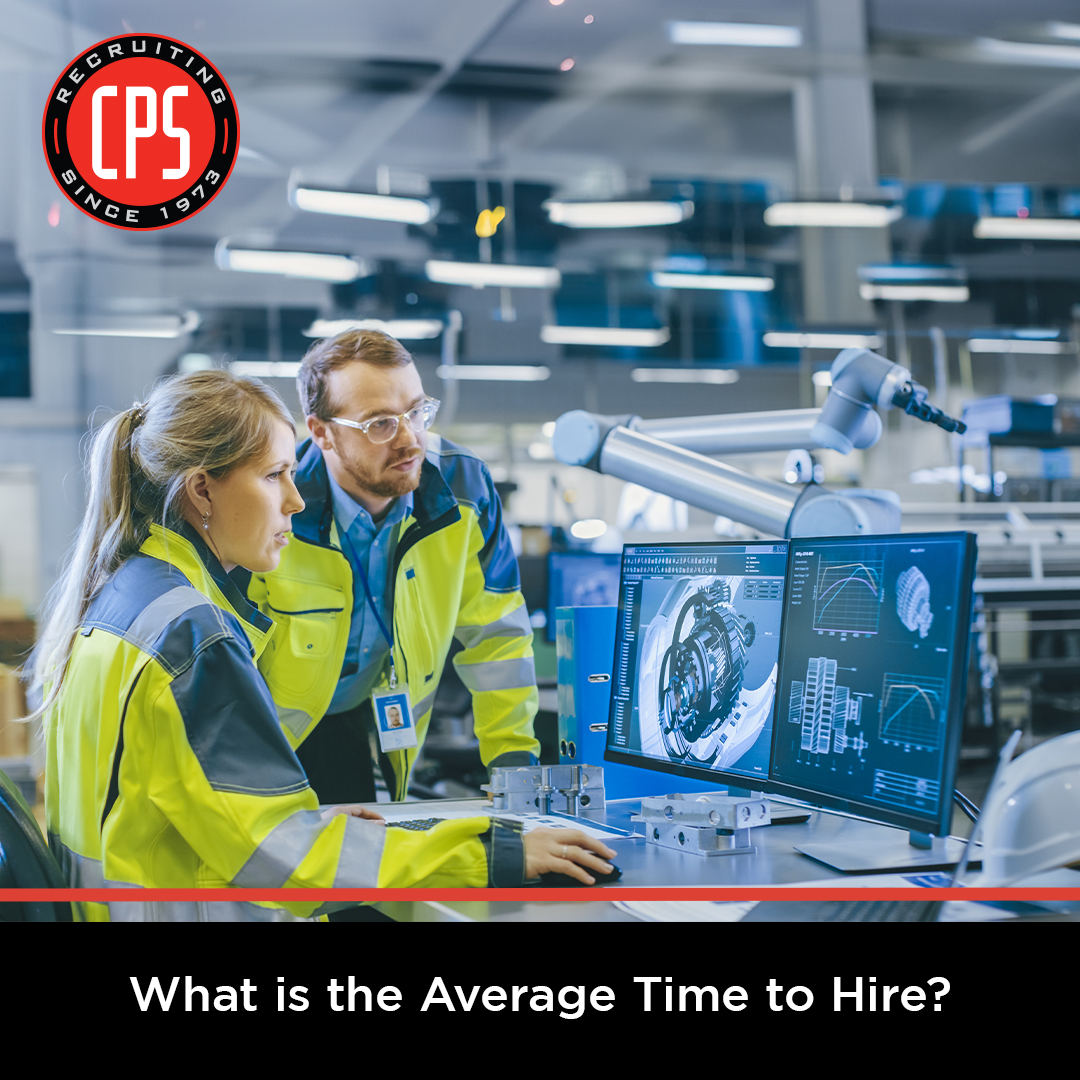When talent acquisition is a top priority for organizations aiming to stay competitive, understanding the average time to hire is a critical metric of success. Time to here refers to the duration it takes for a company to fill a vacant position, from when the job is posted to when the candidate accepts the offer. This metric holds significant implications for employers and job seekers, impacting productivity, cost-effectiveness, and overall satisfaction. Let’s delve deeper into why the time to hire matters and what factors influence it.
How Long Should It Take to Hire?
What Does Time to Hire Really Mean?
The average time to hire is a key performance indicator for recruitment efficiency. For employers, a lengthy time to hire can signal inefficiencies in the hiring process, leading to increased costs and potential loss of top talent to competitors. Conversely, a shorter time to hire indicates a streamlined recruitment process, allowing companies to secure skilled candidates swiftly, thereby minimizing disruptions to operations and enhancing productivity.
What Affects Time to Hire?
Several factors contribute to the variation in time to hire across industries and organizations. For example, the complexity of the role is a significant factor. Positions requiring specialized skills or niche expertise often have longer TTH numbers as recruiters need to source candidates with the requisite qualifications. The competitiveness of the job market influences the time to hire, with high-demand roles attracting a larger pool of applicants, thereby extending the recruitment timeline.
Moreover, internal processes and procedures within an organization can impact time to hire. Inefficient recruitment workflows, bureaucratic hurdles, or excessive rounds of interviews can prolong the hiring process unnecessarily. Employers must evaluate and optimize their internal systems to expedite recruitment without compromising candidate quality.
External factors such as economic conditions and market trends also influence the time to hire. During periods of economic growth, with low unemployment rates, employers may face challenges in attracting and retaining top talent, leading to longer candidate close numbers. Conversely, economic downturns may result in a surplus of qualified candidates, shortening the time to hire as companies capitalize on the available talent pool.
Technology has revolutionized the recruitment landscape, offering tools and platforms to streamline the hiring process and reduce TTH. Applicant tracking systems (ATS), AI-powered resume screening tools, and video interviewing platforms enable recruiters to automate repetitive tasks, identify suitable candidates efficiently, and conduct remote interviews, expediting the hiring timeline.
Despite the importance of a swift hiring process, organizations must prioritize quality over speed. Rushing through recruitment without thorough candidate assessment can lead to mismatches between the job requirements and candidate capabilities, resulting in high turnover rates and diminished performance. Striking the right balance between speed and quality ensures that companies secure the best-fit candidates within a reasonable timeframe.
Improve Your Time to Hire with CPS
The average time to hire is a metric reflecting an organization’s recruitment process’s efficiency, competitiveness, and effectiveness. Understanding what influences the time to hire and leveraging best practices allows employers to optimize their hiring timelines, attract top talent, and gain a competitive edge in the market.
CPS helps companies improve their time to hire numbers. We offer turnkey recruiting solutions that match qualified job candidates with top employers. Contact our team today to find out how you can get better recruiting numbers—and better candidates. We can help.



Leave a Reply